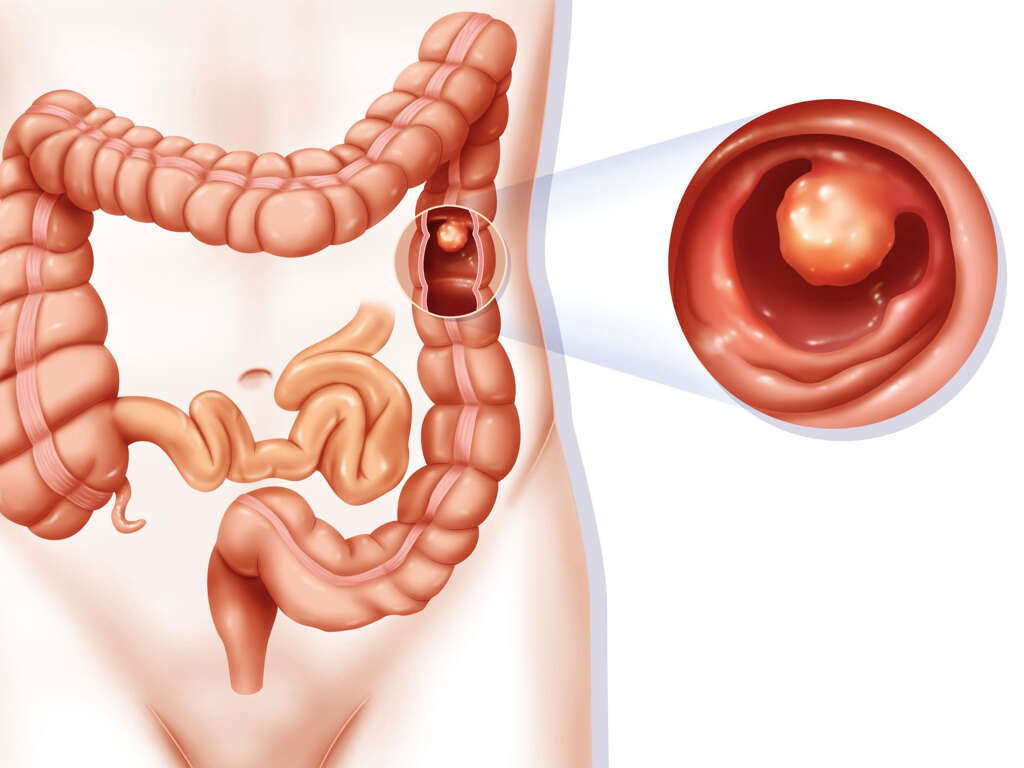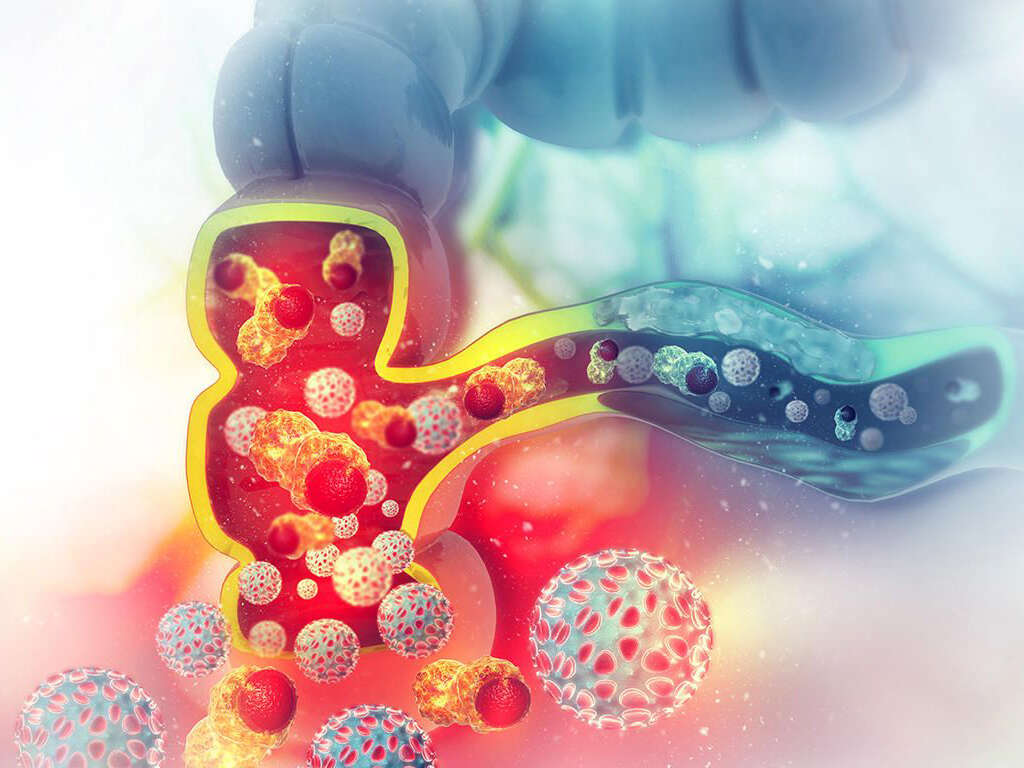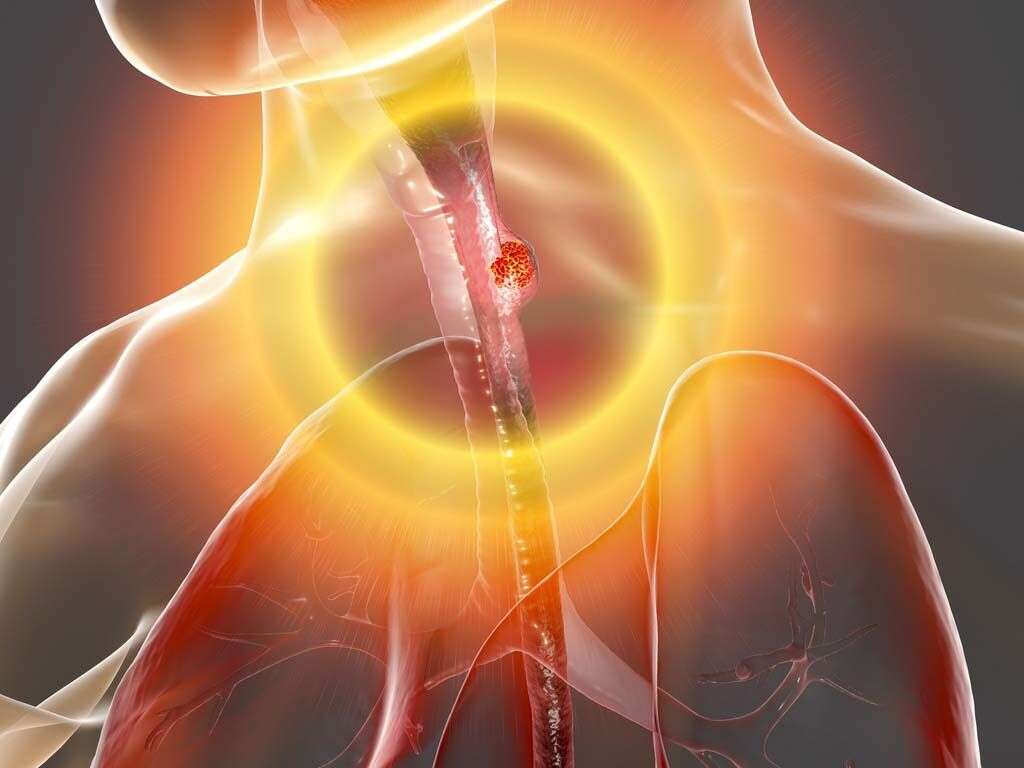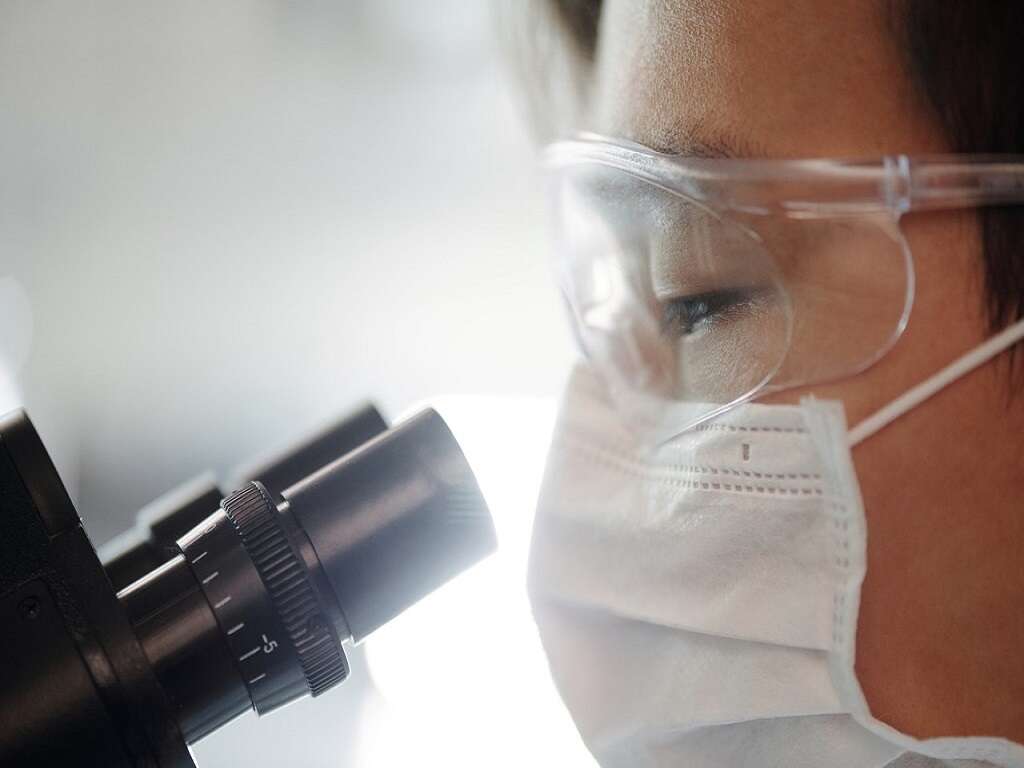10 Most Common Cancers
Cancer is a term used to refer to a group of diseases where there is abnormal cell growth that can spread or invade other parts of the body. There are many types of cancers that can affect humans. Some of the possible signs and symptoms include a lump, unexplained weight loss, anemia, and loss of appetite. Different types of cancer tend to generate different symptoms. Some of the risk factors of cancer include tobacco use, poor diet, obesity, excessive alcohol use, lack of physical activity, exposure to environmental pollutants, history of certain infections, and exposure to ionizing radiation.
In 2018, it was estimated that there were 18 million cancer cases globally with 9.5 million cases among men and 8.5 million among women. Due to the growing burden, prevention is a significant challenge in the 21st century. This article will cover a brief introduction on 10 of the commonest cancers globally for both sexes. The ranking is taken from the World Cancer Research Fund by the American Institute for Cancer Research. Take note that the rankings may differ when it is divided based on gender.
1. Lung Cancer
Lung cancer, or lung carcinoma, is the commonest cancer with 2,093,876 cases diagnosed in 2018, representing 12.3% of all cancers. It occurs when there is uncontrolled cell growth in the lungs. It has the potential to spread to other parts of the body. It can be divided into small cell or non-small cell lung carcinoma. Patients with lung cancer generally experience weight loss, chest pain, coughing, coughing up blood, and appetite loss. 85% of cases are due to long-term tobacco use. In the other 15%, it is due to a combination of environmental and genetic factors. It can be diagnosed using medical imaging such as computed tomography (CT) scans or chest x-ray. The diagnosis can be confirmed through a biopsy. Treatment options include surgery, chemotherapy, and radiotherapy.
2. Breast Cancer
Breast cancer is a close second to lung cancer. In 2018, there were 2,088,849 new cases and consists of 12.3% of all cancers. Patients generally present with a lump in the breast. There can also be nipple discharge, nipple inversion, changes in the skin of the breast, and more. In advanced cases where the cancer has spread, there may be swollen lymph nodes, breathlessness, and bone pain.
It can be generally divided into ductal or lobular carcinomas as these two are the commonest subtypes. However, there are more than 18 other subtypes. Diagnosis is confirmed through a biopsy. Medical imaging is used to assess the extent of the cancer. Treatment includes surgery, radiotherapy, chemotherapy, targeted therapy, and hormonal therapy. Prognosis depends on the cancer type and progression of the disease.
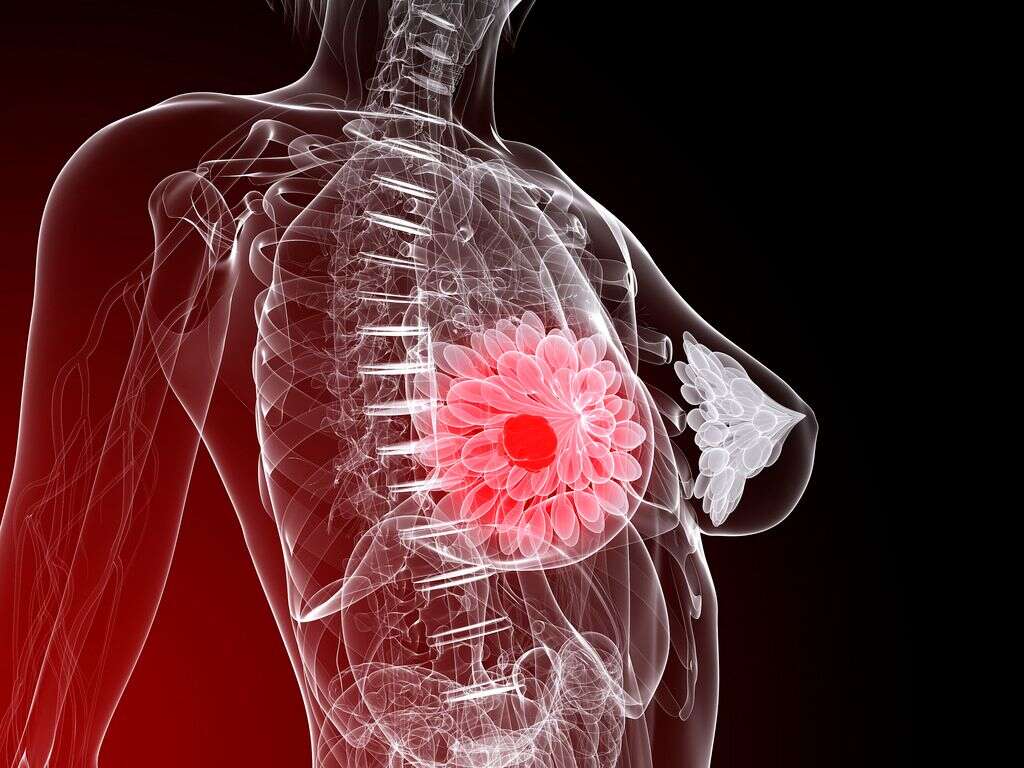
3. Colorectal Cancer
Colorectal cancer is the third commonest cancer globally. This includes both colon cancer and rectal cancer. In 2018, there were 1,800,977 newly diagnosed cases, which consists of 10.6% of all cancers in 2018. Patients with colorectal cancer may experience weight loss, fatigue, blood in the stool, appetite loss, anemia, and change in bowel movements.
Some of the risk factors are lack of physical activity, obesity, smoking, excessive alcohol use, and a diet that has a lot of red meat and processed foods. Genetic disorders that cause colorectal cancer represent less than 5% of cases. Diagnosis is via a biopsy obtained through a colonoscopy or sigmoidoscopy. Treatment options include surgery, radiotherapy, chemotherapy, and targeted therapy. The 5-year survival rate is estimated to be about 65% in the United States.
4. Prostate Cancer
Prostate cancer is cancer that originates from the prostate. While most are slow growing, there are those that have a quick growth rate and spread to other parts of the body, especially the lymph nodes and bones. Although there may be little to no symptoms in the beginning, it can eventually cause issues with urination, pain in the pelvis, dysuria, and blood in the urine.
Risk factors of prostate cancer include race, positive family history, and older age. It has been observed that 99% of prostate cancer occurs in men above the age of 50 years old. Prostate-specific antigen can help with detection of cancer but there is controversy regarding if it improves outcomes. Many cases are managed through watchful observation. Some treatment options include hormone therapy, chemotherapy, radiotherapy, and surgery. Medications, bisphosphonates, and other supportive measures may also be beneficial.
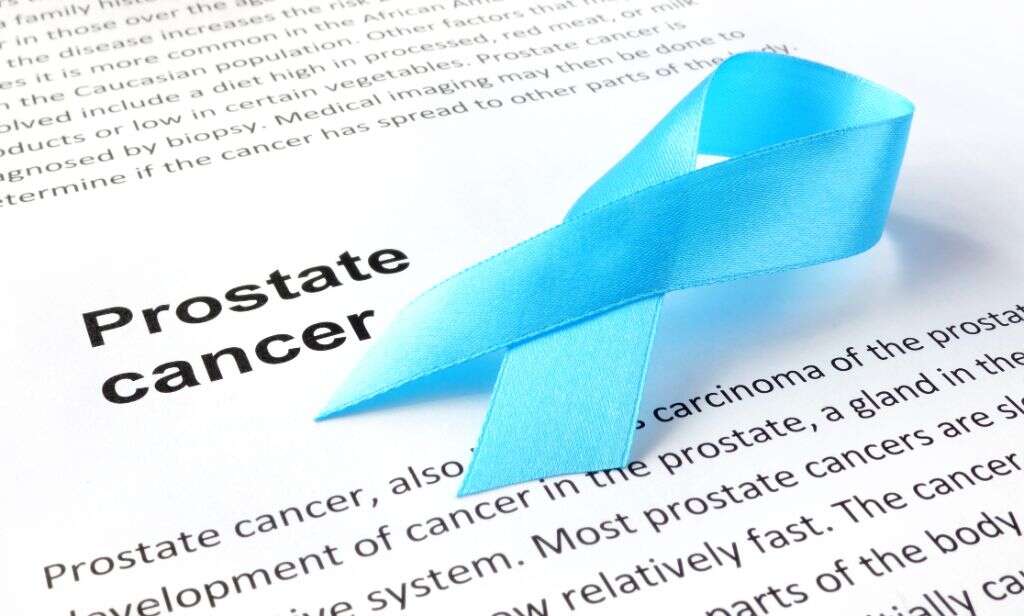
5. Stomach Cancer
Stomach cancer was the 5th commonest cancer in 2018 with a total of 1,033,701 newly diagnosed cases and representing 6.1% of all cancers. It is cancer that originates from the stomach lining. It can cause symptoms such as appetite loss, upper abdominal pain, heartburn, nausea, vomiting, dysphagia, weight loss, and jaundice.
It can spread to other parts of the body especially the lungs, liver, bones, and lymph nodes. It is most commonly caused by Helicobacter pylori infection. Risk factors include poor diet, smoking, obesity, and positive family history. Diagnosis is via a biopsy through endoscopy followed by medical imaging to assess the extent of the cancer. Treatment includes a combination of surgery, radiotherapy, chemotherapy, and targeted therapy. Palliative care is recommended for advanced cases.
6. Liver Cancer
Liver cancer was the 6th commonest cancer in 2018 with a total of 841,040 newly diagnosed cases, which consists of 5% of all cancers in 2018. Hepatocellular carcinoma is the commonest type of liver cancer and is closely associated with chronic viral hepatitis (such as hepatitis B or C infection).
Excessive use of alcohol or exposure to aflatoxin can also increase the risk of hepatocellular carcinoma. The treatment and prognosis of liver cancer depend on the histology of the tumor, tumor size, overall health, and severity of the disease. In liver cancer, options include surgery, transplant, ablation, systemic therapy, and arterial catheter-based treatment.
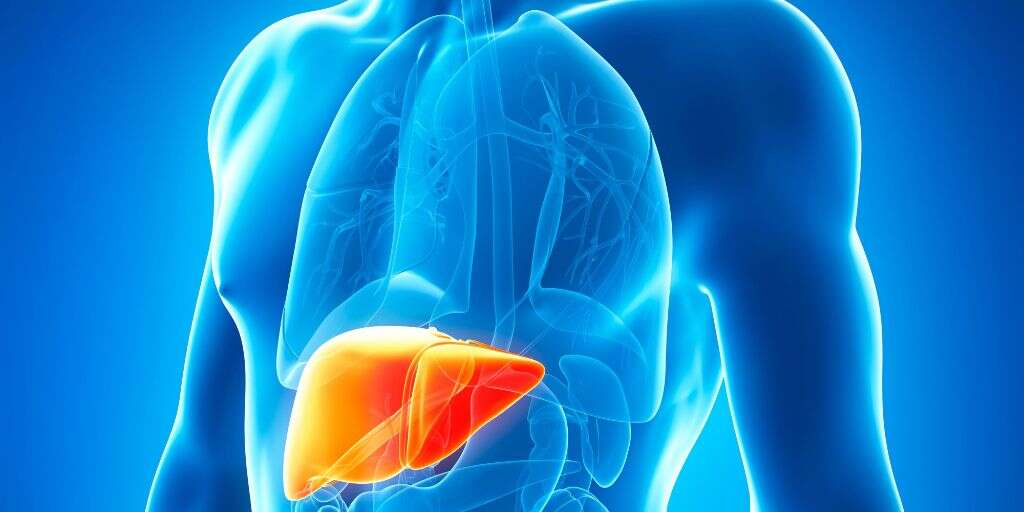
7. Esophageal Cancer
In 2018, esophageal cancer was the 7th commonest cancer with a total of 572,034 newly diagnosed cases, or 3.4% of all cancers in 2018. The esophagus is the pipe connecting the throat and stomach. In esophageal cancer, patients may experience dysphagia, weight loss, hoarse voice, odynophagia, enlarged lymph nodes, coughing up blood, and appetite loss.
It can be generally divided into esophageal adenocarcinoma and esophageal squamous cell carcinoma. Risk factors include obesity, acid reflux, smoking, poor diet, betel nut chewing, and alcohol. It can be diagnosed through a biopsy using an endoscope. Treatment includes chemotherapy, surgery, and radiotherapy. Palliative care is recommended for advanced cases.
8. Cervical Cancer
In 2018, cancer of the cervix uteri, or cervical cancer, was ranked 8th among the most common cancers worldwide. There were 569,847 new cases diagnosed in 2018 and this represents 3.3% of all the cancers globally. It is now known that cervical cancer is a long-term consequence of human papilloma virus (HPV) infection. It has been reported that HPV 16 and HPV 18 accounts for a majority of the cases of cervical cancer.
Prophylactic HPV vaccination has been shown to be effective and is recommended for girls aged 10 to 14 years old. Despite effective vaccines, screening is still a priority as it has been proven to be successful in the prevention of cancer and treatment of precursor lesions. Medical imaging helps assess the extent of the cancer. Treatment options include surgery, radiotherapy, and chemotherapy.
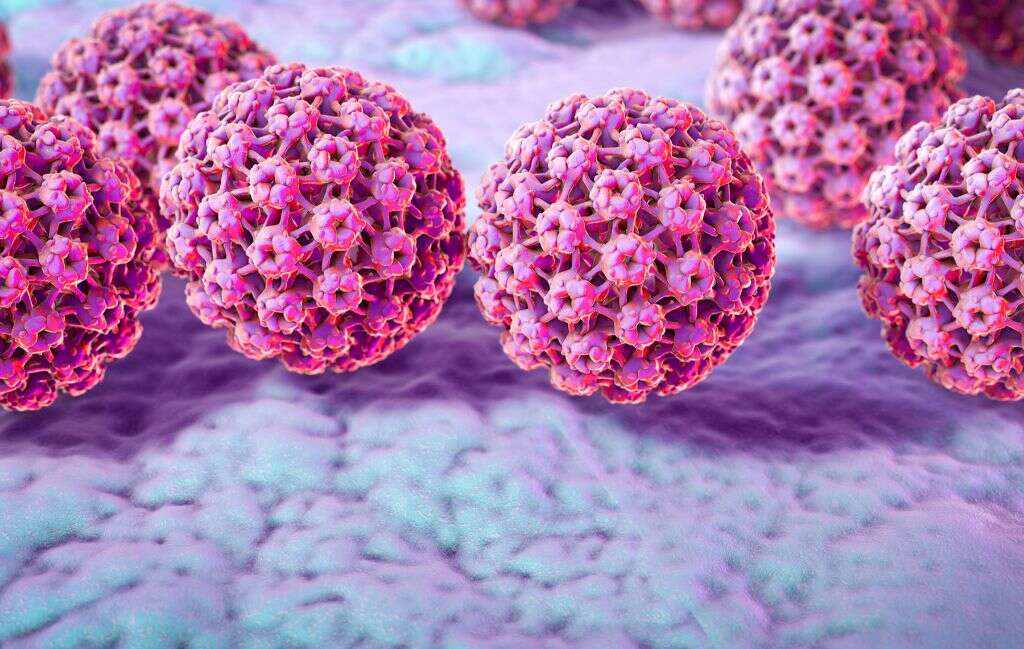
9. Thyroid Cancer
Thyroid cancer was the 9th commonest cancer in 2018 with a total of 567,233 newly diagnosed cases, which was 3.3% of the total number of cancers in 2018. Thyroid cancer originates from the thyroid gland and has the potential to spread to other parts of the body. Symptoms include a lump in the neck, dysphagia, hoarse voice, weight loss, and loss of appetite.
Risk factors include having a positive family history and radiation exposure at a young age. The four main types of thyroid cancer include anaplastic thyroid cancer, medullary thyroid cancer, follicular thyroid cancer, and papillary thyroid cancer. Diagnosis can be made using ultrasonography and biopsy through fine needle aspiration. Treatment options include chemotherapy, radiotherapy, surgery, targeted therapy, thyroid hormones, and watchful observation.
10. Bladder Cancer
Bladder cancer was the 10th commonest cancer in 2018 with a total of 549,393 newly diagnosed cases, or 3.2% of all cancers in 2018. Patients with bladder cancer may present with dysuria, blood in the urine, and lower back pain. Some of the risk factors for bladder cancer include frequent bladder infections, smoking, history of radiation therapy, positive family history, and exposure to some chemicals.
The commonest type of bladder cancer is transitional cell carcinoma followed by squamous cell carcinoma and adenocarcinoma. Diagnosis can be achieved via tissue biopsies through cystoscopy. Staging of the cancer includes bone scan and computed tomography (CT) scan. Treatment depends on the staging and can include radiotherapy, chemotherapy, surgery, and immunotherapy.



